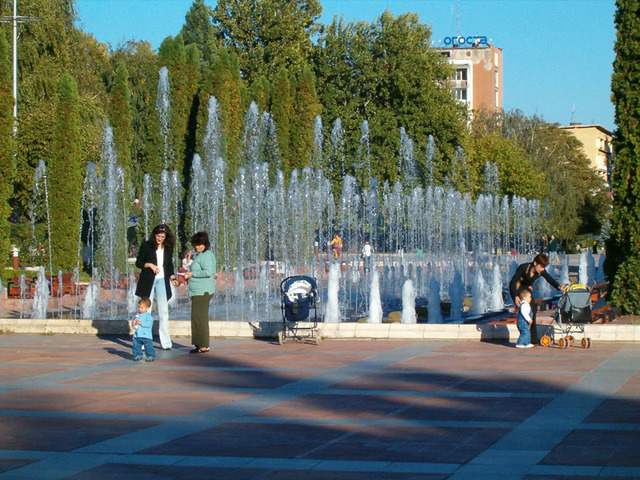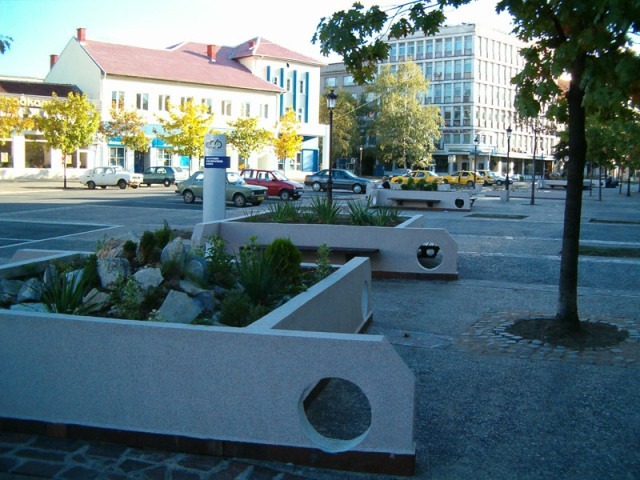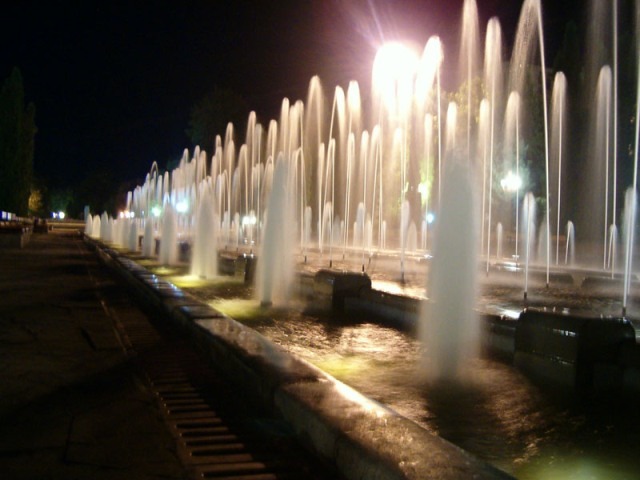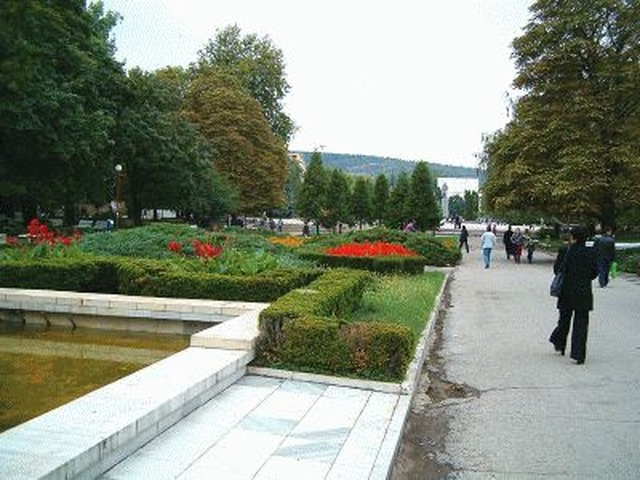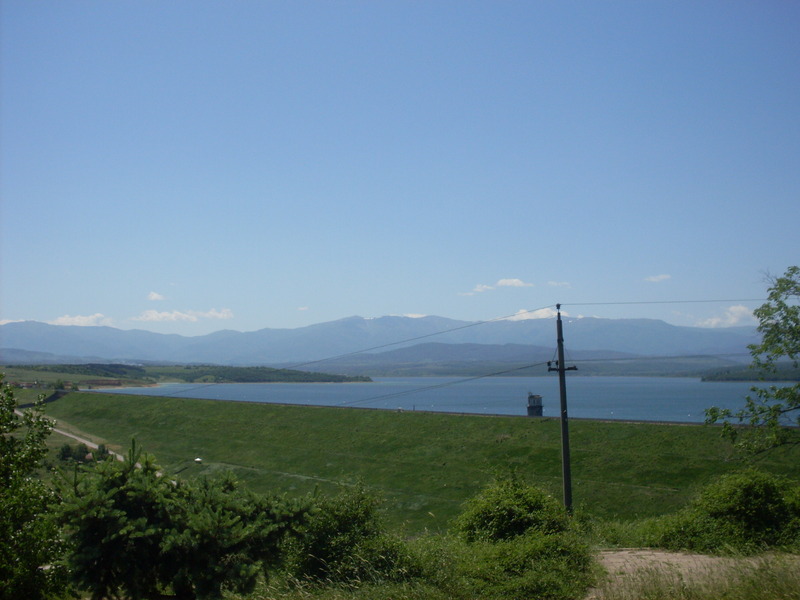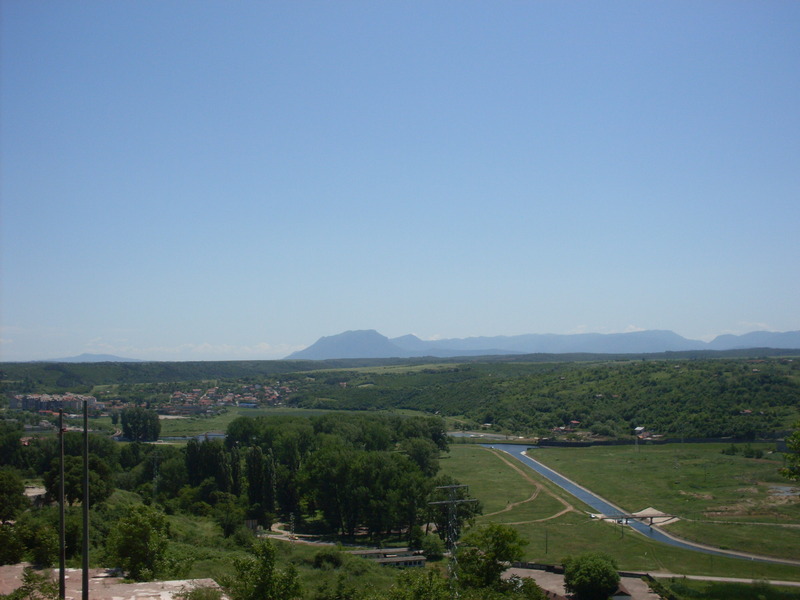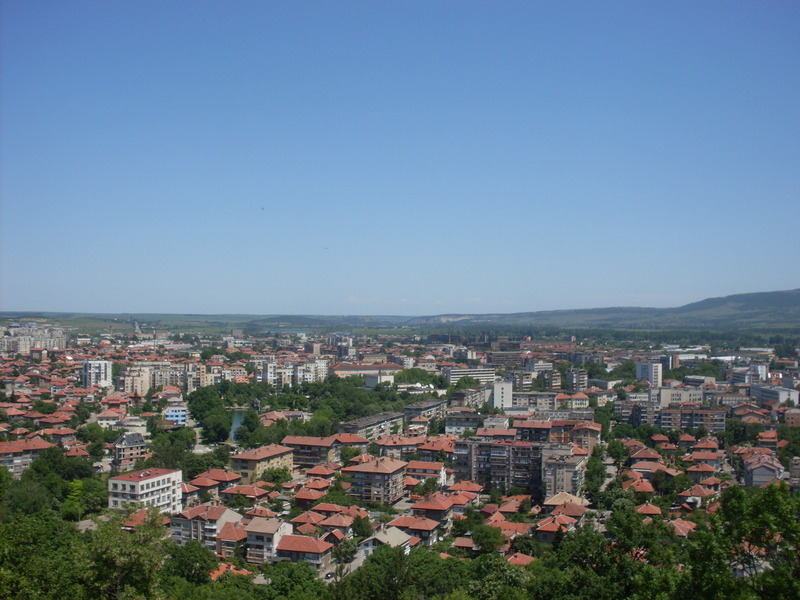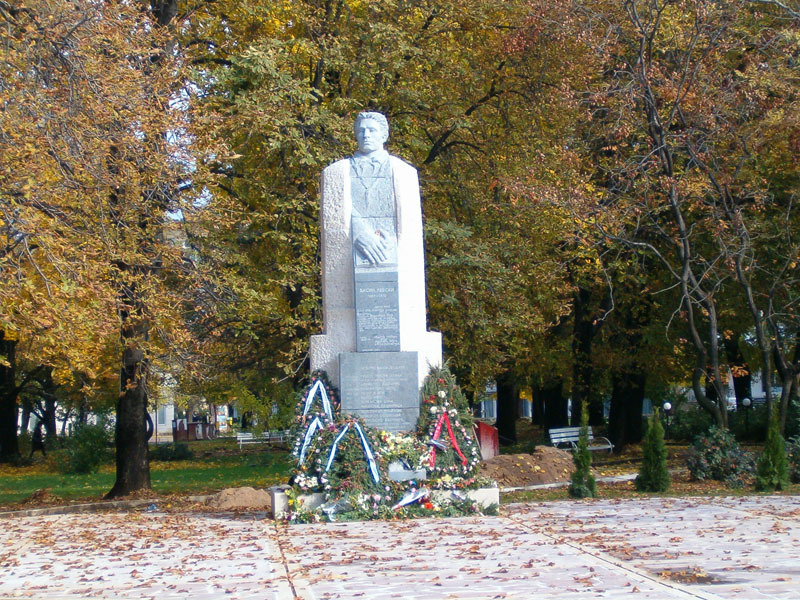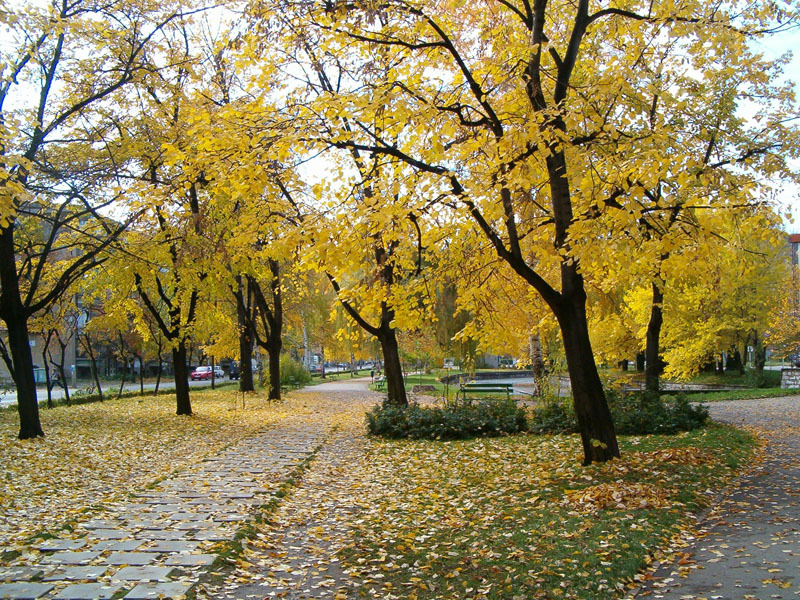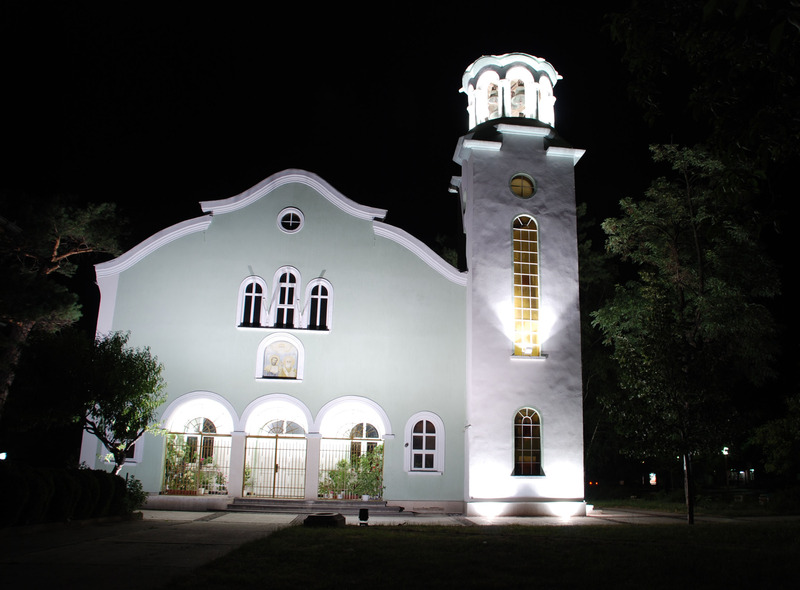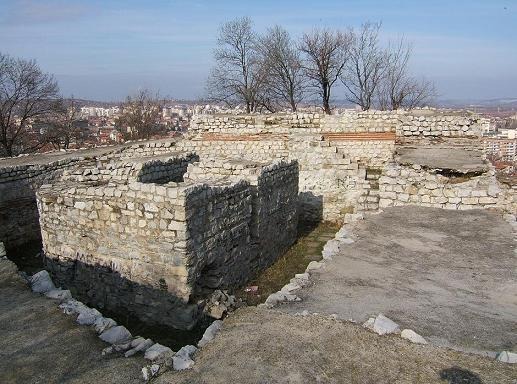USEFUL INFORMATION ABOUT ALL CITIES, VILLAGES AND RESORTS IN BULGARIA
Settlement:
MONTANA
Bulgarian properties in city of Montanalocation
Montana is a city in northwestern Bulgaria and the administrative centre of Montana Province. It is located 50 km south of the Danube, 40 km northwest of Vratsa and 30 km east of the Serbian border.
Montana is situated on the river Ogosta, north of Stara Planina, surrounded on the south and east by uplands.
The climate is temperate continental, with a cold winter and hot summer. The average temperature is -2C in January and 25C in July. In the last 15-20 years, temperatures reaching up to 35-40C in the summer are not uncommon.
History
Roman times
The region around Montana became part of the Roman province of Upper Moesia in 29 BC. Around 160, the military camp that was most likely founded on the remains of an older Thracian settlement, acquired city rights under the name of Municipio Montanensium. The city developed and urbanized after a Roman model and became the second most important settlement in the province after Raciaria (modern-day Archar). A fortress was built on top of the hill over Montana, as well as public and residential buildings, temples, baths and theatres. Montana became a typical imperial settlement, where the local romanized population coexisted along Italic and Anatolian settlers. The base of the town's economy were the big landowners of Italic origin and their villas and mansions, where the locals served to obtain agricultural production and gold from Ogosta's river valley. A stratum of Greek settlers, who engaged in craftsmanship and money-landing existed in the town during the period. The patrons of Montana in the spirit of Hellenism were Diana and Apollo.
Middle Ages
Between 440 and 490, the northwest of modern Bulgaria was devastated by the raids of the Huns under Attila and the Goths. Slavs and Avars delivered the final strike on the Greco-Roman culture in the region, and the Slavs that settled in the area called the town Kutlovitsa. During the time of the First and Second Bulgarian Empires, the settlement recovered and became the centre of an eparchy.
Ottoman rule
The remains of the old Turkish baths in Montana
After Kutlovitsa was seized by the Ottomans, the settlement was destroyed and became deserted. Between 1450 and 1688, the town was peopled by Turks due to its strategic location, and went through another period of blossoming as a typically Oriental town. Two mosques, Turkish baths, fountains and new buildings were erected. The Chiprovtsi Uprising that was crushed by Turkish forces solidified the position of Kutlovitsa as a Turkish ethnic area in the next 18th and 19th centuries.
At the time of the Liberation of Bulgaria (1878), there were a Turkish (600 residents), a Bulgarian (50 residents) and a Gypsy quarter (100 residents).
Modern history
After the Liberation began a massive wave of migration towards Kutlovitsa and a period of economic blossom. An electric station, a train station, a post office and a hospital were built, a fair and a community centre emerged.
Names
Kutlovitsa was renamed to Ferdinand in 1890, receiving the benevolence of Bulgarian Knyaz Ferdinand and a city status. In 1945, communist authorities changed the town's name to Hristo Mihaylov after red party activist Hristo Popmihaylov that died in 1944, who was born there. A year later the name was changed to Mihaylovgrad. In 1993, after a presidential decree, the town received the name Montana, inspired by its antic name.
Historical Museum Montana
The attempts to preserve the cultural and historical heritage of Montana and the region start in the first decades of 20-th century. With a letter from september the 15-th, 1915, the director of the National museum in Sofia, notifies the mayor of Ferdinand for temporary suspension of the excavations in the sites "Kaleto" and "Izvora". This is crucial for the exploration of the relics found in the uncovered Roman sanctuary. The collected “archeological antiques” are stored in the Archeological museum - Sofia.
In 1937 an archeological union "Montanesium" is founded by the local intelligence, with a purpose to find and store all archeological antiques, monuments and objects with historical value in the town and fit out a museum for them. Unfortunately the Ferdinand's municipal authorities were unable to provide funds for that initiative and valuable historical monuments start moving to the National museum in Sofia.
The historical museum in Montana is founded in 1953. Two years later the house - museum "Christo Michailov" is founded in the memory of the revolutionist - patron of the town by that time. For nearly five decades a tremendous amount of work is done for collecting, scientific research and making popular the historical evidences. From 1968 to 1994 continuous archeological excavations are carried out. The researches do not only provide new evidences for the development of the town through the Roman age, but they also report for settlers life in the present town’s area from the stone-copper age to the end of the Second Bulgarian Kingdom in 14-th century.
Researches of the material and the spiritual life on the territory of Montana are carried out through the years. These days the museum has rich collections of movable cultural monuments. The following departments have been formed: Archeology, Ethnography, History of Bulgaria XV-XIX century, Modern History, Latest History, Funds, Public relations and advertising, Immovable historical monuments.
The efforts of the experts are directed towards studying the prehistoric, ancient and the Middle ages of the region, the economic and demographic processes during 18-th and 19-th century, the political and culture life in the recent times.
The museum owns a workshop for restoring and preserving of antiques, which serves the museum collections of the entire region. There are 621 registered immovable historical monuments of national and local value, which are subject of continuous maintenance.
For its 50 years of existence the museum turned to be an important institution in the town of Montana and the whole region.

